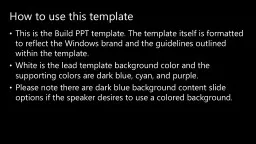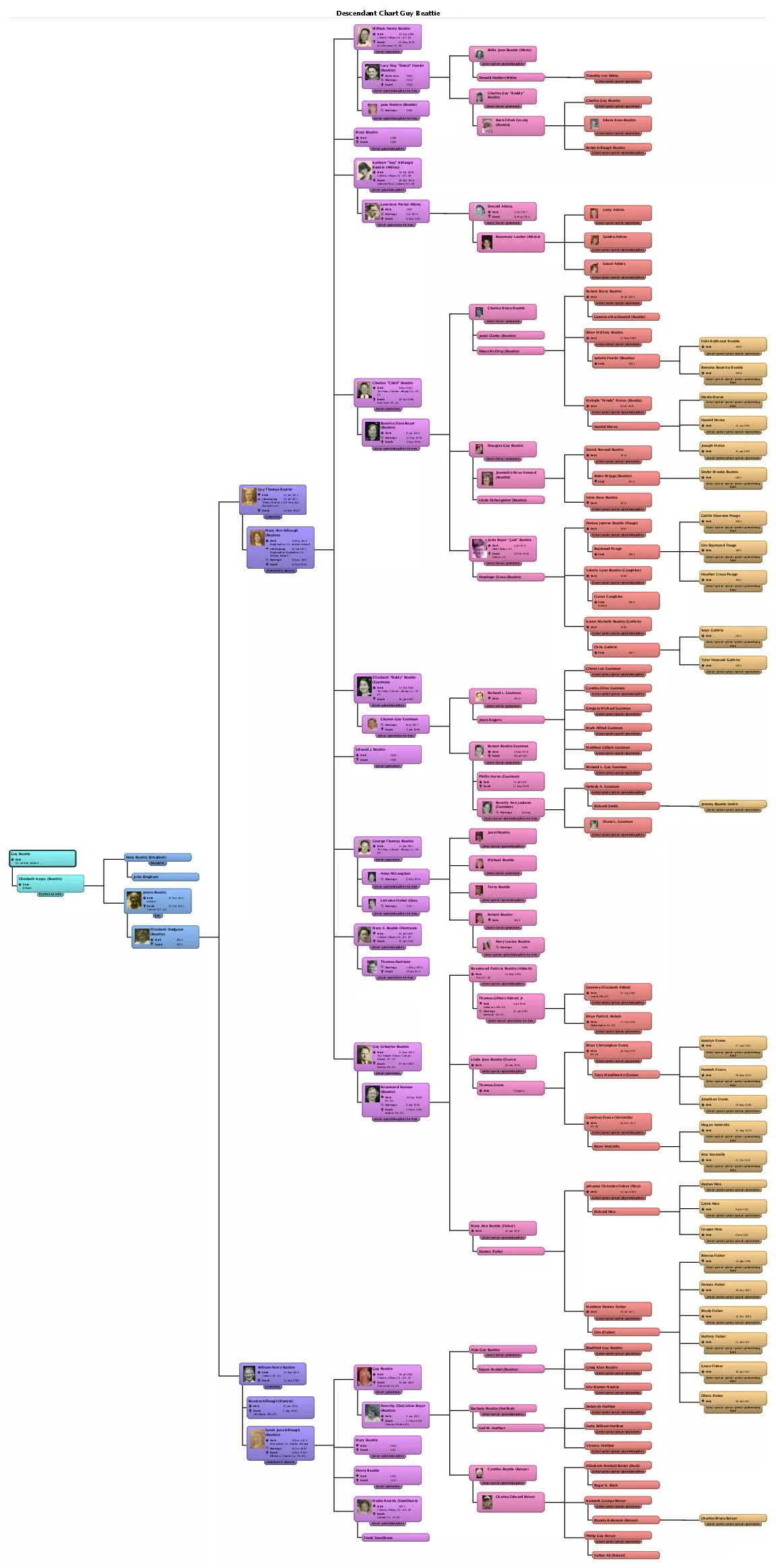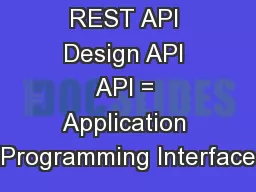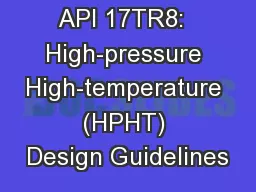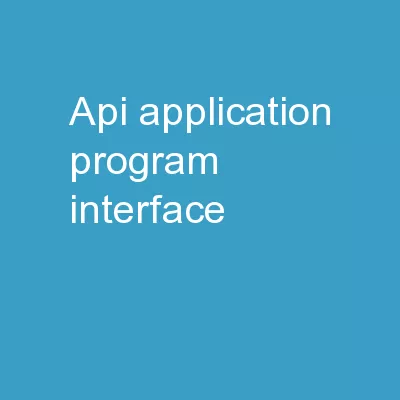PPT-Five great reasons to use the new HttpClient API
Author : luanne-stotts | Published Date : 2016-06-01
Peter Smith Program Manager 4092 5 top reasons to use the new HttpClient API Reason C C JavaScript Shared cache cookies credentials Strongly typed headersfewer
Presentation Embed Code
Download Presentation
Download Presentation The PPT/PDF document "Five great reasons to use the new HttpCl..." is the property of its rightful owner. Permission is granted to download and print the materials on this website for personal, non-commercial use only, and to display it on your personal computer provided you do not modify the materials and that you retain all copyright notices contained in the materials. By downloading content from our website, you accept the terms of this agreement.
Five great reasons to use the new HttpClient API: Transcript
Download Rules Of Document
"Five great reasons to use the new HttpClient API"The content belongs to its owner. You may download and print it for personal use, without modification, and keep all copyright notices. By downloading, you agree to these terms.
Related Documents

